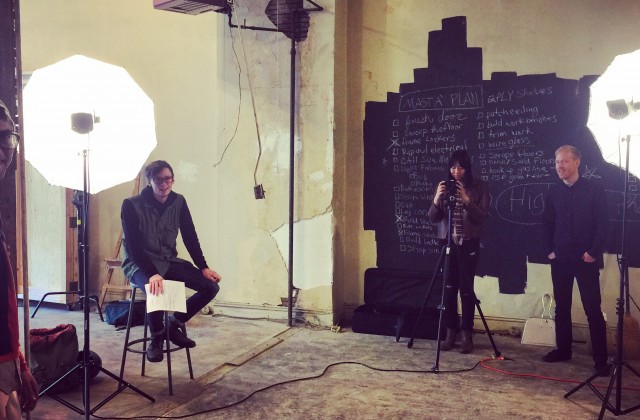City Builder: Arts and Culture Always Part of a Great City
I had a chance today to talk with a local artist about space for art and culture. His project would bring a new gallery and work space for artists to a great downtown space. We agreed on one thing: Seattle needs to figure out how to grow, create more jobs, and build more housing while also making the city a place where art and culture can thrive. His point was that new development should pay for preserving space for art and culture, mine was that in many ways it already does. What’s obvious is that we need to do more.
Years ago I was an arts funder, and what I learned then was that the success of a city’s arts and cultural economy is deeply tied to real estate. I wrote an opinion piece for the Seattle Times back in 2007. Here’s what I said then:
The story follows a familiar path. A local arts organization without much money finds space in an older building where the rent is reasonable. The owner is willing to allow the group to knock out a couple of walls, make as much noise as it wants, and start doing what it does: art.
The owner isn’t interested at that time in selling the underutilized property for high rise-condos or other development, and the arts organizations, taking heart, sign or extend leases.
But, the day comes when the economic lure becomes too great, or family dynamics change, and the owner decides to sell. Faced with a changing use of the property, the arts tenants put out a call for help, but it’s too late.
Does it have to be this way?
The answer, of course, is no. I proposed some ideas back then I think are still good ones.
- Use the bonding capacity of the 4Culture public-development authority to acquire and redevelop key properties for cultural uses, which can generate enough revenue to pay back the bonds over time.
- Create incentive zoning that allows more building height in return for on-site cultural use or payment for it elsewhere. We can provide more housing, while sharing some of the profit for arts and culture.
- Expand the transfer of development rights for cultural use; the city could buy development rights from owners who have culturally significant properties and then resell that capacity for more housing somewhere else.
I’m not so sure about the “incentive” piece anymore after what I’ve seen the City do with that concept. Chances are it would end up just adding more costs. But an incentive program that offered reduced property tax for including long term use for non-profit arts organizations or individual artists might make sense.
In the end, a great city thrives because of innovation and collaboration, not fiats from City Hall or complicated schemes to hold up growth with taxes and fees.
The artist I spoke to today reminded me a lot of small builders contending with a myriad of rules and regulations from the City intended to solve lots of unrelated problems and adding costs. Someday, in his new space, I hope we can have a dialogue between builders and artists because I think we have a common interest in building a better city, and a common enemy: costly rules that make creating good things like art and housing more challenging.


